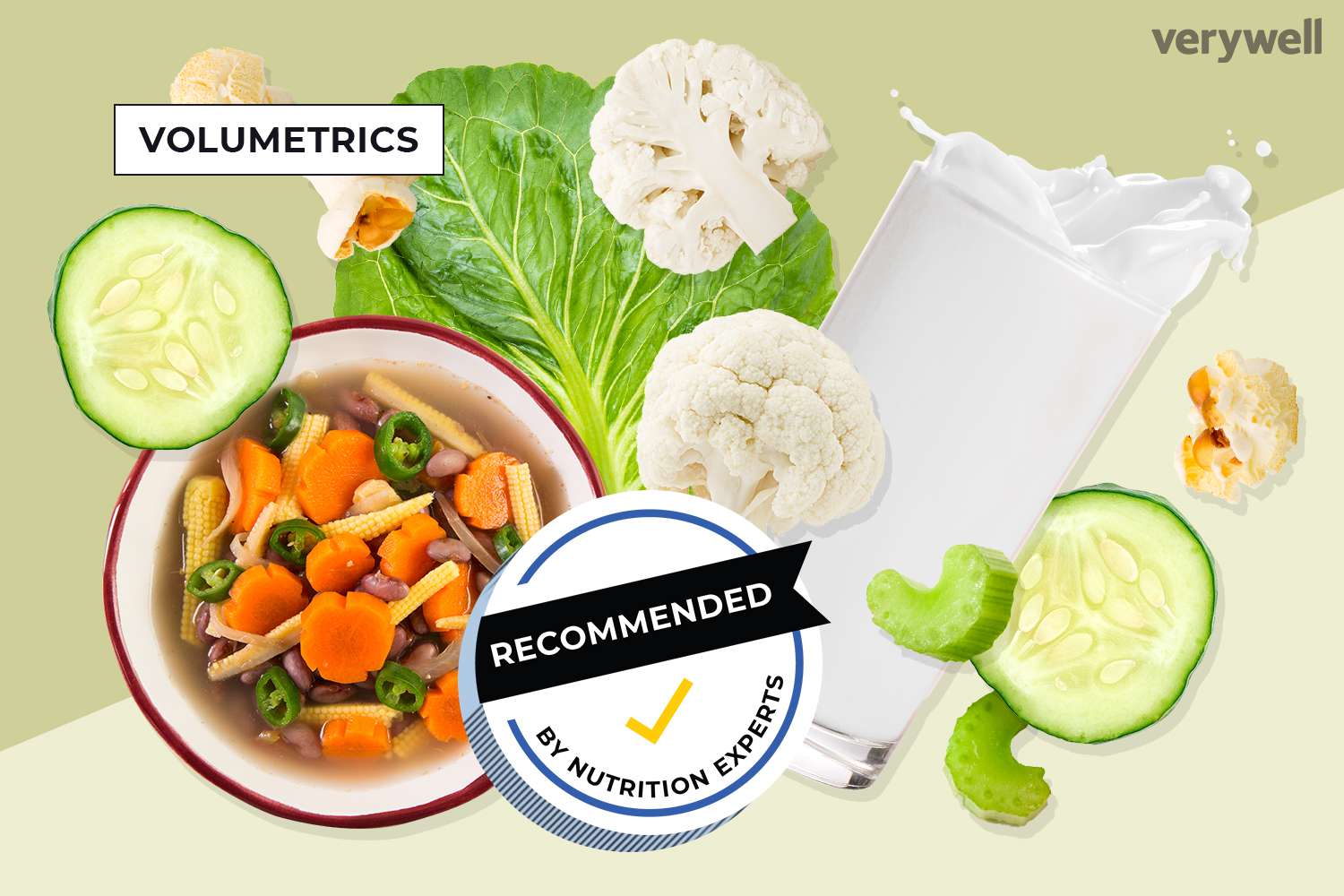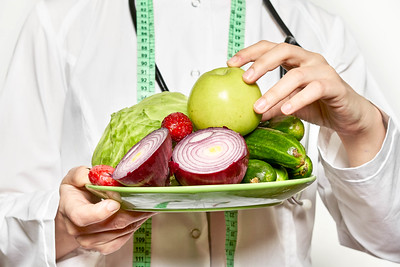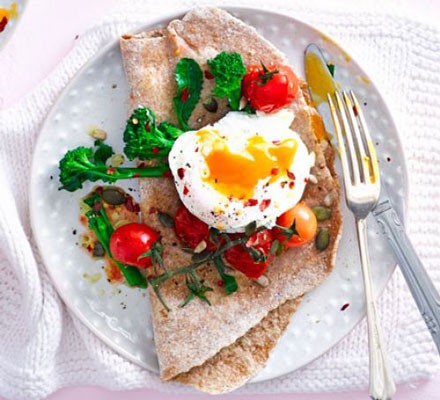
Healthy meals are essential, no matter if you're trying to lose weight or keep it off. It can help you reach your weight loss goals and provide you with the nutrition you require. It also helps you avoid overeating later in the day. You can eat healthy in many different ways, but the meal must provide enough nutrients and be filling.
A balanced mix of healthy and protein-rich foods is essential for healthy weight loss. It should be satisfying and filling, as well as enjoyable. It should fit into your daily activities. A crockpot is a great way to make healthy meals quickly and easily. Crockpots can also be used to make healthy meals in large quantities. You can put your meals in the freezer for later, so that you can reheat them without losing much of the nutrition.
Another way to eat healthy is to drink lots of water. Water makes you feel fuller, and flushes toxins out of your body. Water is also good for your metabolism. You should drink eight glasses of water per day if your goal is to lose weight.

It is important to consume plenty of fiber to be healthy. Fiber is good for you. It helps you feel full and helps to maintain a healthy blood sugar. It helps lower cholesterol. Soluble fiber is great for weight loss as it promotes fullness, and suppresses appetite. Fiber also prevents post-meal cravings.
You can eat lean protein and vegetables as part of a healthy diet. Lean protein can help you burn calories and make you feel fuller longer. Protein is also a good source of vitamins and minerals. There are many protein sources that are lean, such as chicken, turkeys, shrimp, turkeys, and fish.
Eggs are a good source for protein. They are a great source of protein, vitamins, minerals, and dietary fiber. They are also affordable. They also are low in calories, making them an excellent choice for weight loss.
Chicken tortilla soup can be a healthy option to lose weight. This soup is rich in nutrients such as fiber, protein, calcium, and magnesium. Use grain-free tortillas to add protein to your meal. This soup can be made in a matter of minutes and is quite filling. This soup can also be served with lettuce wraps, or guacamole.

Oatmeal can also be used as a breakfast. Oatmeal is high in soluble fibre and low in calories. It is also an excellent source of resistant starch, which is one of the best foods for lowering LDL cholesterol.
It can be tricky to choose the right foods and meals for your weight loss plan. Healthy recipes need to be simple to prepare while still satisfying you.
FAQ
What foods can clean your arteries?
It is important to eat right if you want to keep your heart healthy. What does this mean exactly? Well, there are lots of ways to do that. One is to eat more fruits and veggies.
Fruits and veggies are packed full of antioxidants which help protect against disease and improve overall health. Antioxidants are also known to fight inflammation, which can prevent cloggedarteries.
But there are other ways to reduce the amount of cholesterol in your diet too. Your chances of getting a heart attack will be lower if you cut down on saturated fats such as butter, and trans-fatty acids found in fried foods.
You can increase the amount of fiber you eat to help keep your blood moving freely. LDL cholesterol, which is bad cholesterol that can lead to cardiovascular problems, can be reduced by fiber.
Beyond what you put in the mouth, there are other factors that can impact your heart health. For example, stress, smoking, lack of exercise, obesity, alcohol consumption, and genetics all play a role in whether or not you develop heart disease.
Talk to your doctor if there are any concerns about your risk of developing cardiovascular diseases. You might have to take medications or make lifestyle adjustments to remain healthy.
How much do I need to eat every day?
Calorie needs vary depending on age, gender, activity level, size, and overall health status.
Generally speaking, adults require between 1,200 and 1,800 calories per day to maintain their current weight.
Calories come from carbohydrates (starchy foods), protein, and fat.
Carbohydrates can be described as glucose, fructose and sucrose. Glucose provides the main source of energy for our muscles. Fructose adds energy to the brains and nervous systems. Sucrose has both glucose and fructose which makes it easier to digest.
Protein is vital for muscle growth and repair. Protein can be found in meat, poultry and eggs as well as yogurt, dairy products, soyabeans, legumes, soybeans and some seafood.
Fat is essential for maintaining good health. Fat helps keep you fuller for longer and provides vital vitamins and minerals like vitamins E, D, and K, omega-6 and monounsaturated oil.
High cholesterol and other cancers are also protected by fat.
Some experts recommend consuming no more than 30% of your total calories from saturated fats.
However, there are no studies that show reducing saturated cholesterol will lower your chances of developing cardiovascular disease.
A healthy diet should provide about 20-35% of your daily calories from carbs, 10%-35% from protein, and 35%-50% from fat.
What is the 40-30-30 diet plan?
The 403030 Diet Plan can help you lose weight quickly and keep it off for the rest of your life. This program uses a combination of three powerful strategies that create a healthy lifestyle that helps you burn fat faster while keeping your hunger levels under control.
This program includes:
-
You can keep a detailed food journal that will allow you to track your daily calorie intake as well as identify hidden foods that may be hindering your efforts.
-
An exercise routine that combines strength training with cardio exercises to boost metabolism and reduce body fat.
-
Based on your individual results, you will receive a customized nutrition plan.
You'll receive weekly emails containing tips and motivation to keep you on your way to better health.
Nothing is more important than losing unwanted pounds
What is the most effective strategy for weight loss and weight maintenance?
While weight loss and weight maintenance strategies look very similar, there are still some differences.
Weight loss refers to losing weight more than it does about maintaining that weight.
The main difference between the two is that when you lose weight, you are trying to shed pounds, whereas when you maintain the weight, you are trying to keep them.
Both require commitment, discipline, as well as dedication. Weight loss requires more effort as you have to do something. Weight maintenance, however, is simpler. After all, you have to stay disciplined.
Both cases require that you exercise and eat healthy foods.
To lose weight, you must change your eating habits. You also need to exercise regularly.
Weight maintenance can be easier if you are disciplined. To maintain weight, you must eat healthy foods and exercise regularly.
So what should you choose? Consider your current life and lifestyle before you make a decision.
You might be more successful with weight loss if you eat fast food occasionally and exercise less often.
If you eat healthy foods, exercise often, and eat well, your weight will likely be maintained.
Personal preference is ultimately the deciding factor.
It is important to realize that losing weight does not necessarily mean becoming thinner.
Being able to lose weight can make you happier, healthier, and more energetic.
Focus on your diet and regular exercise to lose weight.
You will see results quicker than ever before.
What is the healthiest drink in the world?
If we look for the most healthy drink in the world, we find out that there isn't any. Some drinks are healthier than water, but none are the best.
The reason is quite simple; the best drink is the one you prefer. If we ask ourselves "What's the healthiest thing?" we really mean "What's my favorite drink?"
We shouldn't be surprised to find that the answer can vary widely depending on where one lives. Even within countries, the answer varies wildly.
For example, in Japan, the number one choice is green tea, while in New Zealand, coffee wins. In India milkshakes are very popular, but in Australia beer reigns supreme.
In short, it doesn't matter what is the healthiest drink because everyone has his/her preference.
It matters if the beverage is healthy. However, each person's definition of healthy is different.
While a glass of wine might be harmful to some, it may be fine for others. One person may find a glass red wine mixed with a slice of cake unhealthy, while another person may find it healthy.
There is no universal definition of healthiness. Even more, there are no universally accepted measures of healthiness.
We cannot therefore say that one drink tastes better than the other. Without knowing the alcohol content of each drink, it is impossible to make such a claim.
Even if this was known, the amount of alcohol we consume will still pose a problem. A white wine has less calories than a wine with red grapes.
Even though we can compare different beverages according to their calorie count, it is impossible to say which one is better.
You could attempt to find a formula that calculates the percentage alcohol in each beverage. However, this formula would only calculate the amount of alcohol in each beverage and not its composition.
Even if this were possible, it would be difficult to determine the exact composition of every beverage. This information isn't always readily available.
Some restaurants do not reveal the ingredients in their meals. Some people don't wish others to know the exact ingredients of their food.
But the bottom line is that we cannot tell which drink is healthier.
What are the five keys to a healthy diet and lifestyle?
It's likely that you have heard the expression, "You are what you eat." Five key elements make up a healthy diet.
These include eating plenty fruits and vegetables, avoiding processed foods and drinking lots of water.
The first three elements are essential for overall well-being, while the second and third are crucial for maintaining weight control.
You can ensure that these nutrients are consumed by adding them to your daily meal.
In your diet, include a variety fresh produce, such as fruits, leafy greens and whole grains. These foods contain vitamins A, C, and E, which help protect against heart disease and cancer.
Avoid processed foods, especially those that contain artificial ingredients or preservatives. This includes soft drinks and candy bars, cookies, chips, and chocolate.
8 glasses of water a day is essential to maintain your body's hydration.
A healthy lifestyle includes exercise. Exercise is important to prevent obesity-related diseases, such as stroke, heart disease, diabetes, and heart disease.
Don't drink alcohol. Limit your intake of alcohol. It can raise blood pressure, cause headaches, or contribute to liver disease.
This advice will help you live a healthier lifestyle.
Statistics
- The ideal amount of protein at breakfast is about 30 grams, according to a 2018 review by nutrition researchers at Purdue University. (prevention.com)
- *Note: The 2020-2025 Dietary Guidelines for Americans recommend limiting saturated fat to less than 10% of total daily calories. (mayoclinic.org)
- Recommendation Saturated fat is less than 6% of total daily calories. (mayoclinic.org)
- For example, a review of 45 studies found that people who followed a WW diet lost 2.6% more weight than people who received standard counseling (26Trusted Source (healthline.com)
External Links
How To
Healthy Eating Guidelines For Kids
Children must eat a healthy and balanced diet in order to remain healthy. Children who eat well will grow up healthier. These are some guidelines for feeding children.
-
Sugary drinks should be limited. Sugary beverages account for more sugar than half of the total sugar intake in children between 2 and 18 years old.
-
Limit juice. Juices are full of empty calories and lack nutrition.
-
Avoid fried foods. Fried foods have saturated fats as well as trans fats. This can increase blood cholesterol levels, and increase your risk of heart disease.
-
Consume whole grains. Whole grains provide important nutrients such as dietary fiber, B vitamins, magnesium, phosphorus, protein, and zinc.
-
Eat plenty of fresh produce. Fresh fruits and vegetables are loaded with vitamins, nutrients, and fiber. They are also lower in sodium than packaged or processed foods.
-
Lean meats are better. Lean meat provides high quality protein without the calories and fat found in fatty cuts.
-
Take care when snacking. Snacks can increase calories and add unhealthy ingredients to meals. Many snack products are made with refined flour, hydrogenated oils, artificial colors, and preservatives.
-
Make sure your child eats breakfast every day. Breakfast can help kickstart their metabolism and provide enough fuel to allow them to do daily activities.
-
Experiment with new recipes. To find one your family loves, experiment with new recipes. You can change the flavor profile by adding spices or herbs to your dishes.
-
Get active. Physical activity is an important part to childhood. It improves concentration, memory, and mood. Exercise promotes weight control.
-
Get outside. Take advantage of nature's playground. Enjoy being outdoors and enjoy hiking, biking or swimming.